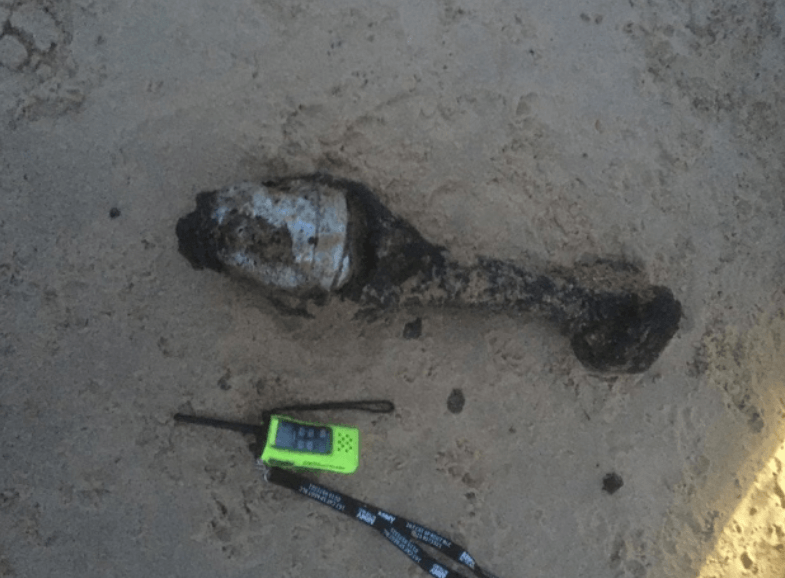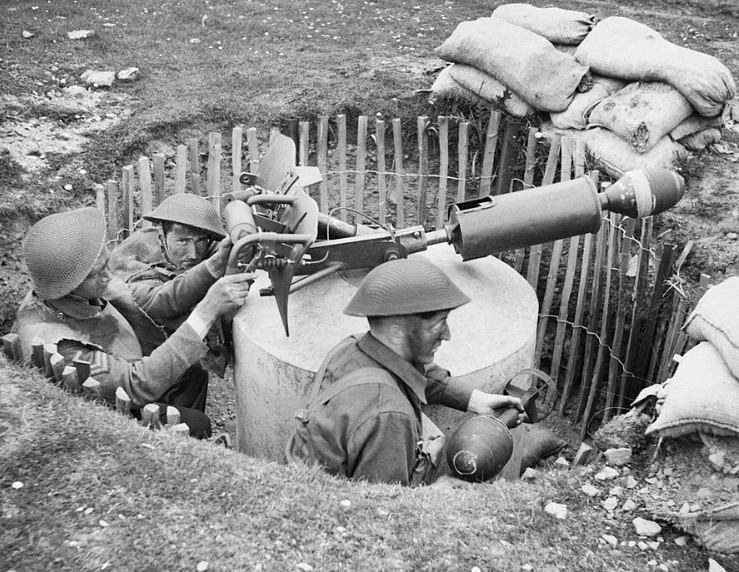Unexploded mortar bomb washes up on Norfolk beach
An unexploded mortar bomb found washed up on Winterton beach has been blown up in a controlled explosion.
During the afternoon of January 3rd, a member of the public alerted the local coastguard after encountering a suspicious item lying in the sand.

What was the UXO item?
The unexploded munition appears to have been a Blacker Bombard mortar bomb of WWII vintage. The Blacker was a 29mm spigot mortar fielded almost exclusively by the Home Guard. This example will have been either the 20 lb anti-tank or 14 lb anti-personnel bomb.
There are two explosive hazards with these munitions. The main high explosive charge in the bulbous head and a second propellant charge, albeit smaller, in the base.
The British Army considered the Blacker mortar to be a weapon of poor accuracy and range. However, during 1941 when it was introduced, the army had few alternatives in their arsenal. It soon became unpopular with the infantry units it was assigned to.

Why did it wash up on this beach?
During 1940 and 1941 British soldiers were concentrated around the south-east coast, in anticipation of a German amphibious invasion from occupied France.
As a result, associated unexploded ordnance finds are more likely at beaches where a heavy military presence persisted throughout World War II. Soldiers often used the sea as a firing range and consequently, associated UXO contamination of the coastline was inevitable.
Brimstone UXO
As a Ministry of Defence-approved UXO clearance and munitions disposal contractor, we can carry out clearances in multiple locations across the country, using a mixture of explosive and non-explosive measures to restore the area to safety.
Whether you are planning for a project in advance or need emergency response, we have the capacity and capabilities to safely remove UXO risk – on time and in budget. Explore our website today to learn how we can support you.
Keep up to date with Brimstone by following us on Facebook, Instagram, Twitter, LinkedIn and YouTube.